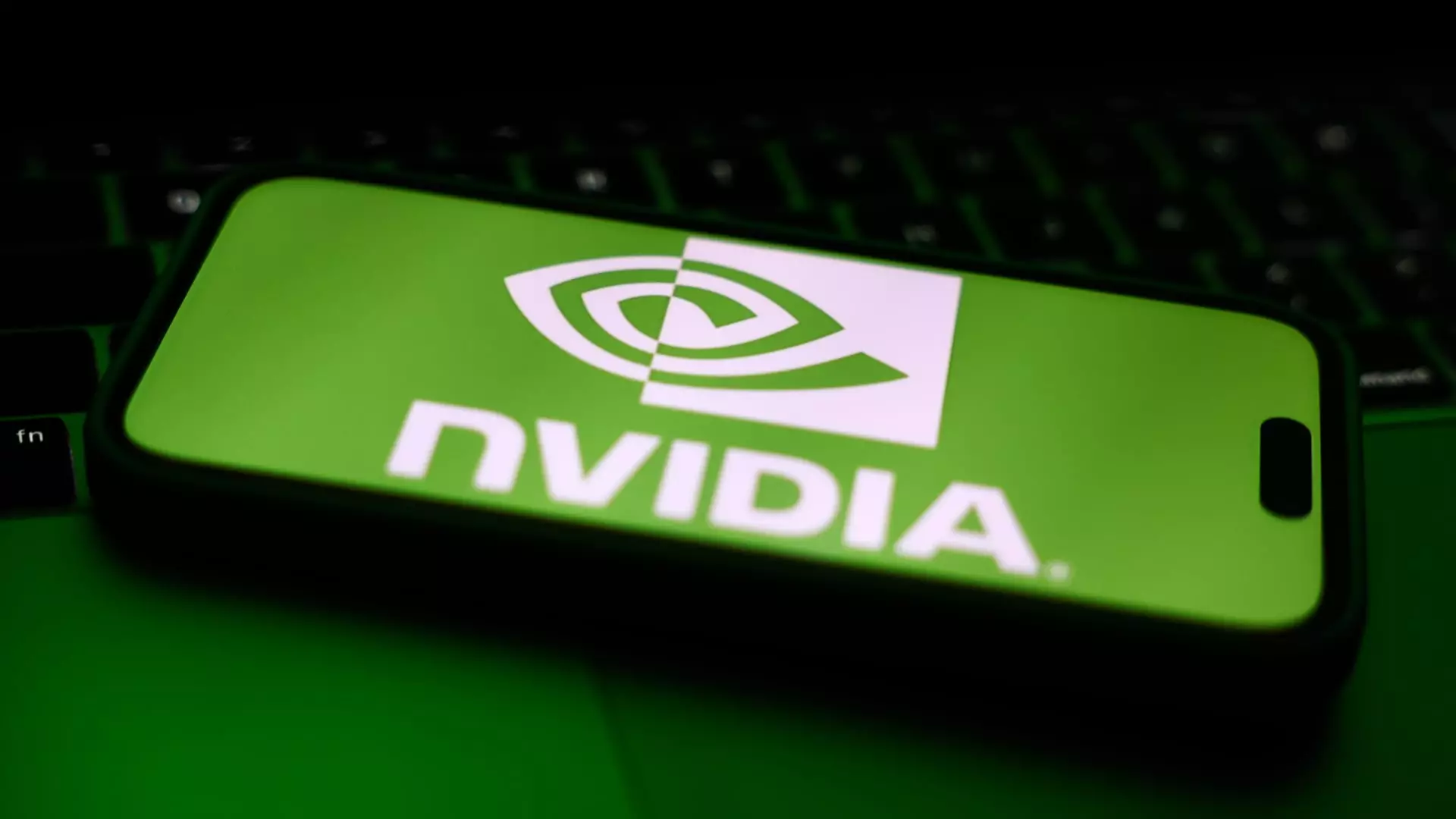The recent revelations surrounding Nvidia’s development of a new artificial intelligence chipset for China usher in a complex narrative rooted in the interplay of technology, politics, and market realities. In a bid to retain its foothold in the world’s second-largest economy, Nvidia is set to roll out a lower-priced GPU, with production slated to begin in June. This strategic pivot is arguably a reflection of both the company’s acute awareness of its market position and the stark limitations imposed by U.S. export regulations. Introduced amidst a backdrop of escalating scrutiny on technology transfers to China, the new chip symbolizes a desperate attempt at adaptation rather than innovation.
Pricing the upcoming chipset between $6,500 and $8,000, Nvidia is clearly attempting to carve out a market niche in a high-stakes landscape. Yet, the pricing strategy raises questions about the eventual performance and competitiveness of this new GPU against its predecessors and rival offerings. For an industry that thrives on cutting-edge technology, offering a product stripped of advanced features—merely to satisfy regulatory concerns—could compromise Nvidia’s stronghold in the rapidly evolving AI sector.
A Step Backward in Innovation
Delving deeper, the choice to leverage the RTX Pro 6000D, a server-class graphics processor, and conventional GDDR7 memory presents a stark departure from the high-bandwidth capabilities of Nvidia’s previously acclaimed H20 model. This decision is not just about meeting export controls; it genuinely indicates a regression in what could previously be claimed as the zenith of performance and innovation. A significant dip in specifications, paralleled with a fall in market share from a staggering 95% in 2022 to approximately 50% today, paints a troubling picture of Nvidia’s adaptability in a fiercely competitive arena.
Moreover, the specter of competitors such as Huawei looms ominously over Nvidia’s ambitions. Huawei’s Ascend 910B chip is witnessing an influx of demand, especially as Chinese consumers grow increasingly wary of the uncertainties tied to U.S. export policies. The narrative surrounding Nvidia’s new chipset resembles that of a beleaguered giant attempting to salvage what little market presence it can maintain in an environment that grows more hostile by the day.
The Financial Implications of Political Decisions
The financial fallout from these regulatory constraints places Nvidia in a precarious position. The company’s recent write-off of $5.5 billion in inventory and a staggering loss of $15 billion in projected sales tell a tale of an organization grappling with the ramifications of geopolitical tensions. The irony lies in a technology firm noticeably constrained by the very innovations it once championed. As Nvidia struggles to comply with new export regulations that cap memory bandwidth essential for complex AI workloads, the question arises: has the pursuit of compliance rendered the company less competitive?
Investment firm Jefferies estimates that the new GPU will only achieve a meager 1.7 terabytes per second in memory bandwidth—substantially lower than the H20’s 4 terabytes per second. This stark reduction raises alarm bells among stakeholders who understand that the ability to process vast amounts of data with efficiency is non-negotiable in the AI sphere.
The Consequences of Short-Term Solutions
Although Nvidia’s decision to pivot in response to U.S. sanctions demonstrates a tactical maneuvering of sorts, it simultaneously exposes a vulnerability. Relying on diminished specifications may provide a temporary reprieve, but it fundamentally undermines any longer-term strategy geared towards retaining technological leadership. The risk here isn’t merely about losing share to competitors but the broader question of whether Nvidia can still be viewed as an innovator in an industry where the bar is constantly being raised.
In facing continued constraints, Nvidia must recognize the inherent dangers of a reactive strategy. Rather than locking itself into a cycle of compromise, the company needs to consider a proactive approach, one which seeks not just to cater to the demands of the moment but potentially to reshape the regulatory landscape itself.
Nvidia’s trajectory in the AI market underscores not only the struggle of a leading firm in a constricted environment but also serves as a chilling reminder of the convoluted interplay between technology and politics. The future may not simply hinge on whether Nvidia can maintain its market share, but rather how it navigates a path forward amid increased scrutiny and evolving global challenges.


Leave a Reply